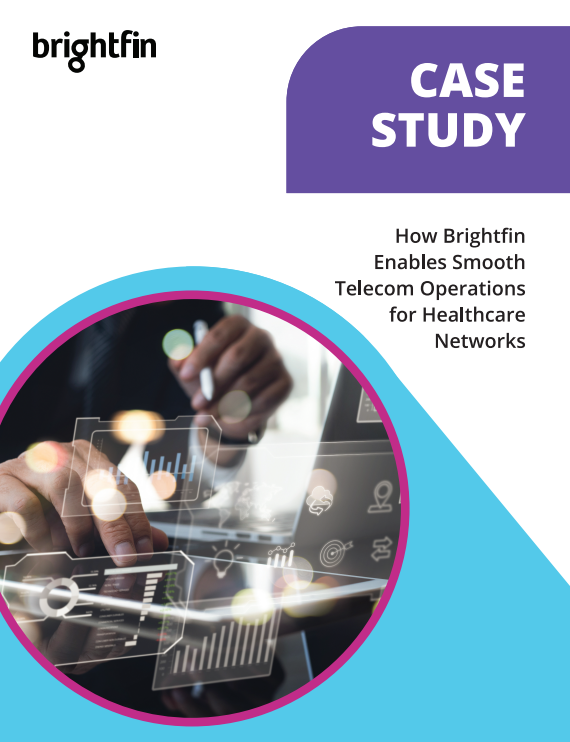Even for successful SaaS businesses, savings accounts get low, loans are requested, and any revenue needs to be continuously invested back into the business to keep its engine running.
A lot of this has to do with your SaaS spending. According to GlobalDots, the average SaaS expenditure per organization rose 78 percent year-over-year between 2018 and 2019. While the majority of this money is going towards functionally expanding business apps, modernizing processes and equipping personnel with the latest tools and technologies, there are a lot of cost management opportunities that company owners continue to overlook.
This article discusses six steps SaaS businesses can take to gain control over their cloud expense management. Most of the tips that you’re going to read talk about how to tackle hidden and unnecessary SaaS expenditures. Let’s get going.
Minimize Shadow IT
If you’re going to use SaaS subscriptions, you need to find a way to manage them effectively. Managers often procure subscriptions without the involvement of the IT department. This can involve significant expenditures because managers are not aware of the market prices and whether the company already has software that performs the same function. The best way to eliminate shadow IT is to devise a policy where every non-IT executive needs to gain the approval of the IT team before buying any subscription.
Improve Your Utilization Rate
Utilization is often a neglected area of costs as SaaS executives and CEOs think their personnel are utilizing the software in which they’ve invested. However, in several companies, the utilization rates are lower than anticipated, meaning the company can save money by reducing SaaS Spend or licenses on certain applications. One good solution is to figure out whether you need to arrange a meeting with end-users and discuss the possibility of removing certain apps from your technology stack. An application utilization software can help you make the right choices.
Track and Minimize Redundant Applications
Redundancy in SaaS businesses happens when multiple users, teams, or departments are operating certain apps that may overlap with other parallel expenditures, meaning that a startup or enterprise could be spending much more than it should for redundant software. So, what’s the best way to curb this aspect of SaaS spending? We believe that using a spend management platform can be the key. These platforms offer instant control and visibility into enterprise-wide apps to help companies eliminate unnecessary expenditures.
Increase Deployment Speed
A certain portion of SaaS expenditures always goes toward unprovisioned subscriptions. SaaS organizations typically duck the “contract minimum” strategy preferred by perpetual license agreements like Microsoft EAs, but an inevitable lag between deployment and purchase still occurs in most instances. While an application rollout is rarely a fast procedure, lags show that a bigger problem continues to haunt SaaS companies. The good news is that some vendors are open to negotiating contracts with their clients’ deployment pace in mind. This could minimize upfront commitments and also increase the speed of your overall deployment cycle.
Beware of Abnormalities and Spikes in The Public Cloud
A lot of SaaS companies utilize the public cloud. As the leader/CIO, you might want to check if any anomalies or spikes occurred at certain times of the month, especially if you’ve spent more on this area in the past few months. Root-cause analysis can help identify whether or not these anomalies are preventable or if a certain application is misconfigured. A common type of misconfiguration is overprovisioning. Additionally, the absence of DDOS (distributed denial of service) and network configuration, such as an open proxy, can result in higher cloud costs. The core analysis should strive to answer whether an increase in cost is expected.
Plan Renewals and Future Purchases Strategically
The spend management platform mentioned in point three should give you enough data to plan SaaS renewals and future investments – whether you need to purchase greater quantities of software entitlements or fewer. While you’re at it, see which functionality and entitlements can be downgraded, stopped altogether, or reassigned to other personnel. With the right approach and insights, you should be able to forecast your future budget and determine cost-cutting opportunities. For example, you might be able to train personnel to adopt certain apps. Once they know how to leverage new software and features, their SaaS usage efficiency should improve.
Conclusion
As you’re probably aware, the SaaS industry has shown no signs of slowing, which means your business will need to continue planning out its long-term SaaS spends. So, when you sit down with your IT and finance teams, make sure that you have solid solutions that track all utilization, expenditure, shadow IT, cloud anomalies, and other cost-incurring activities. This should help all stakeholders take the appropriate steps to streamline SaaS spend. In this tight economy, it’s vital to do absolutely everything you can to help your organization run leaner.
brightfin’s unique cloud monitoring tools can drive real savings. Contact us to learn more!



